KMZ Moskva-5
The story with my Moskva-5 is a long one, for its history and what I have gone through to acquire this camera. At the end, I have formed a love-hate relationship with this camera which I will get into details in the later parts.
To begin with, I have always been dissatisfied by the quality of image I got out of my lot of 60-70 year-old cameras, and some relatively new ones equipped with sorry-not-sorry plastic lenses. Despite Optima 1535 and even Solina have given me some pleasing results when shooting with premium filmstocks such as Portra or Ektar, I still crave the fine grain and opportunity to create some reasonably sized contact prints at larger formats.

My search for a cheap, good quality medium format camera started in early summer of 2021. The price of medium format cameras seem to follow a general trend of box ‹ folder ~ TLR ‹ SLR ‹ rangefinder. One day, when I was casually browsing the web for medium format cameras, I found a great deal of Moskva-5 posted one year ago that is cheaper than almost every other folder at the time.
Unfortunately, the deal had already been taken by someone and the seller forgot to mark the item sold. Dissatisfied, I did the stupid thing to look for the same camera (instead of hunting for better deal of any medium format camera) and ended up with an CLA'd Moskva-5 at 1.4× the price yet without the 6x6 mask.
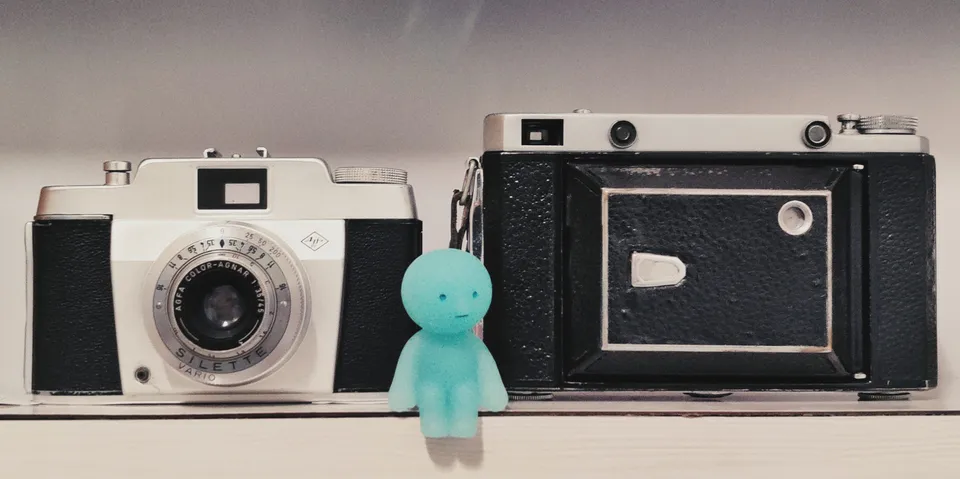
After World War Two, the Soviet Union confiscated many factory equipment and parts from Germany and moved them back to the motherland to rebuild the industries. Early Moskva-1 and Moskva-2 were made with Zeiss tools and parts for Zeiss Ikon Nettar and Ikonta. Later, KMZ was able to build a Moskva with their own design—thus the Moskva-5. Although the folding Galilean viewfinder certainly reassembles the Super Ikonta, this is not a direct clone but KMZ's own design.
Moskva-5 was produced between 1956 and 1960 with a total of 216,457 units injection molded aluminium alloy build, shooting at 6x6 or 6x9 frame size resulting in 12 or 8 shots per roll of 120 film respectively. Quality is Russian quality, meaning it could be anywhere between fully functional and break on first use because of terrible quality control of Russian factories and a quantity over quality (to meet production target) mindset.
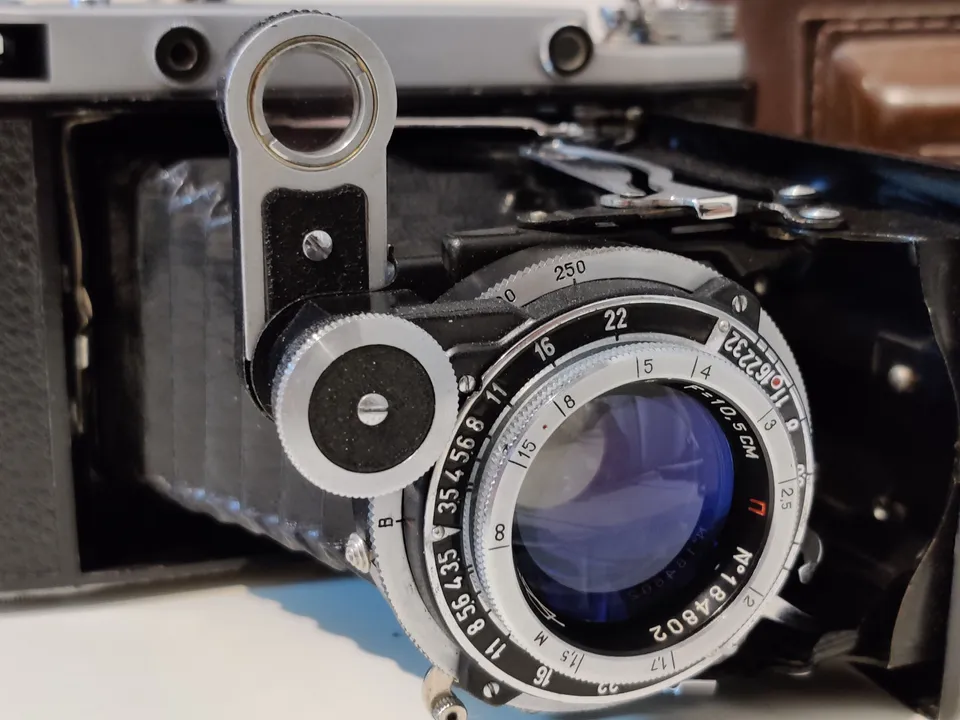
My instance of the camera is missing the 6x6 mask, which at first doesn't feel like a great deal until later when I realized that the cost per shot at 6x9 is effectively 1.5× costlier than 6x6 format. I could—if I want, acquire a 6x6 mask separately, but one of the previous owners, in an attempt to improve the light seal of the frame count window at the back, taped shut the 6x6 window. To make 6x6 work I need to take off the back pressure plate and fix this, in addition to paying extra for the 6x6 mask. Fine, I could do away with 6x6, leave it to when I get an Ikonta or Bronica or something later.
The ergonomics of Moskva-5 is…weird.
The button on top-right, usually a shutter release, actually opens the front cover to expose the bellows and lens-shutter assembly, whereas the real shutter release is on the left. The shutter release is connected to a locking mechanism to only allow being pressed down after the film is advanced. However, this shutter release isn't directly connected to the shutter, but to a lever that activates the shutter on the front. This means if one by mistake depressed the shutter release when shutter is not cocked, the shutter may not be fired, but the release button is then locked, requiring the shutter be released using the front lever, at the lower right of the lens assembly.
Another notable feature is the folded-up Galilean viewfinder with a pair of contrarotating prisms connected to the front element for focusing. Focusing through the circular focusing viewer is done by aligning two yellow patches. The yellow patches are moved not by rotating mirrors but by the prisms at the front. This means to focus, one has to hold the camera with the left hand and rotate either the wheel below the finder, or the front element. After the focus is set, use the much brighter and cleaner viewfinder on the right to compose the image. A frame size selector is available to switch between 6x6 and 6x9 frame.
There is no comfortable way to hold this camera while shooting at handheld position for the lack of a handle to hold up the heavy lens assembly. Shutter button is on the left while the front cover is also on the left, the right hand is in immediate danger to touch the soft bellow (with the risk of breaking it) when reaching across to the supporting frames on the left, or simply be holding the body, giving up on the stable three-point support posture.
As a result, when shooting at handheld position, camera shake is likely even at the fastest, 1/250s shutter speed. If the shutter release was on the right everything would have made much more sense.

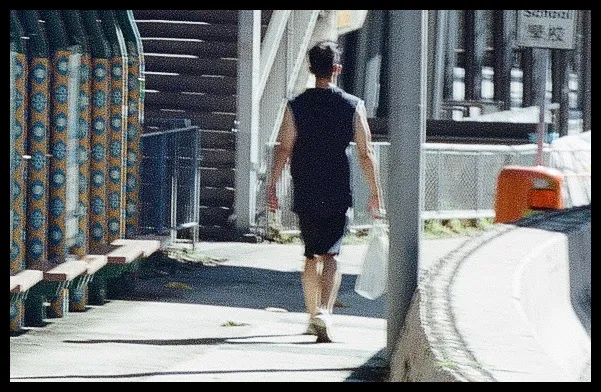
Shooting at medium format does more than magnifying the negative. As my photographer friend once told me:
The resolution will show any defect in your technique.
Issues such as camera shake and missed focus become more intolerably obvious in the scan or print. Especially when one tries to magnify the negative for a print or scan at high resolution to harvest the extra image real estate of a film size larger than the usual 135 films.
Still, with proper techniques and steady hands/a tripod, the amazement when seeing the outcome is too, magnified.
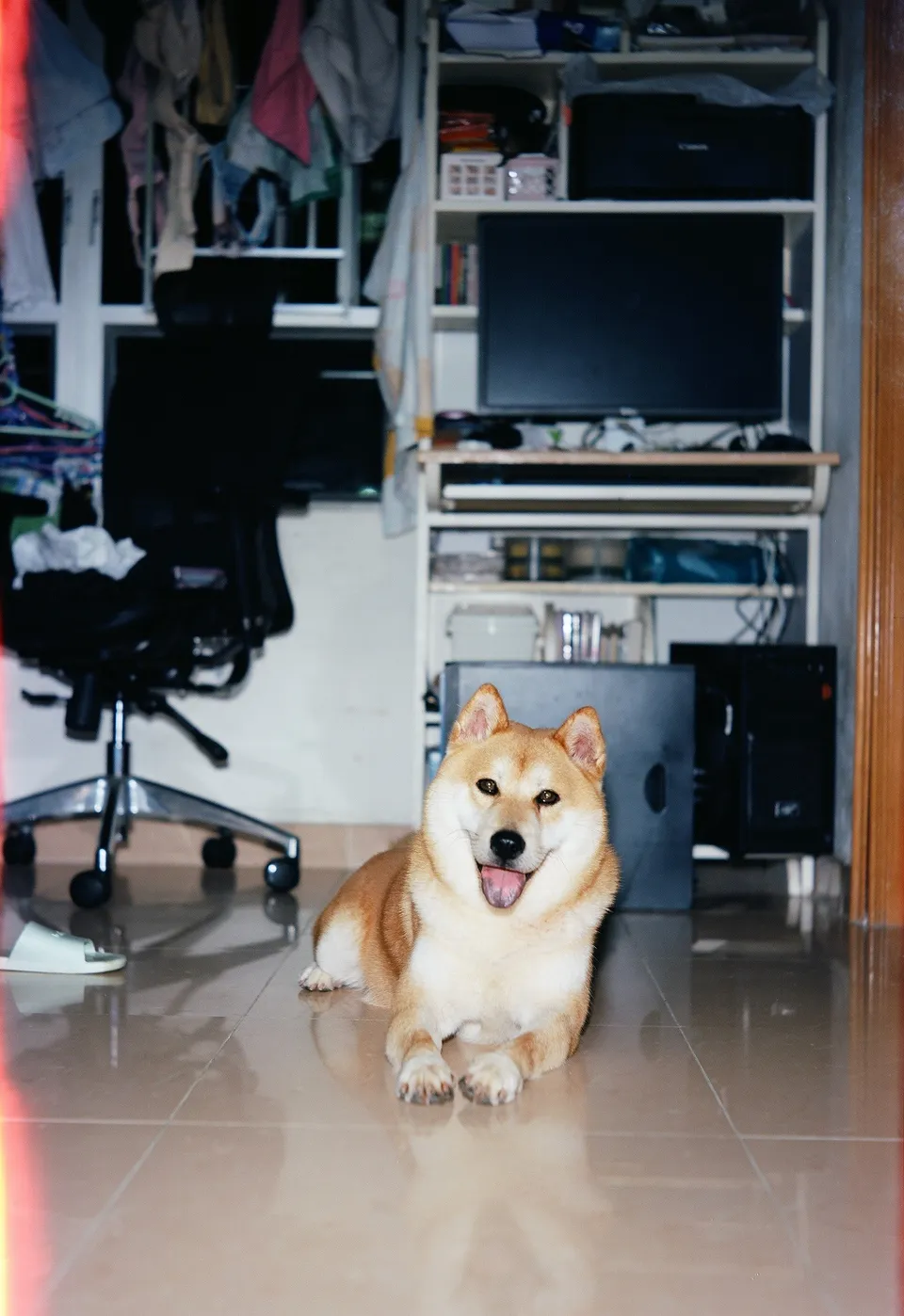
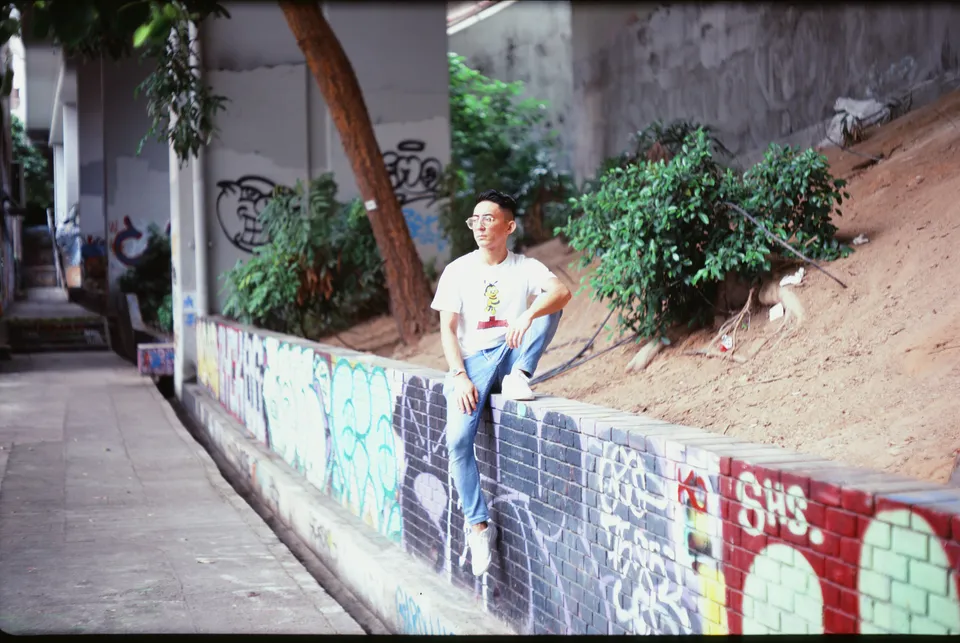
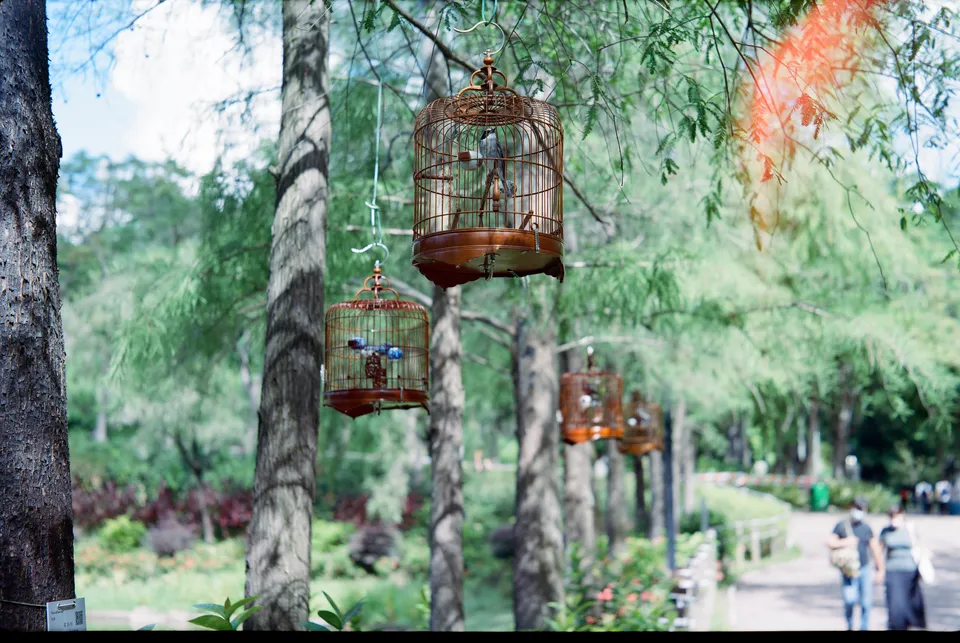
These photos all have the "medium format look" of shallow depth of field and high resolution even at a moderate f/5.6 or f/8 because of a longer focal length of 105mm. On a 35mm camera with 45mm focal length the same aperture would not result in the same amount of bokeh.
Because of the larger film size in medium format, a lot of things can reasonably be done to the negative. For example, positive slides look very small in 135 format but when bumped up to 120 format it becomes something that fits well into a transparent acrylic frame. One other thing that can be done is contact printing a 120 film negative to get a print that fits into the wallet without requiring an enlarger. I don't have a darkroom environment and it is difficult to make one, so I opted for an alternative—cyanotype, which is cheaper and easier.
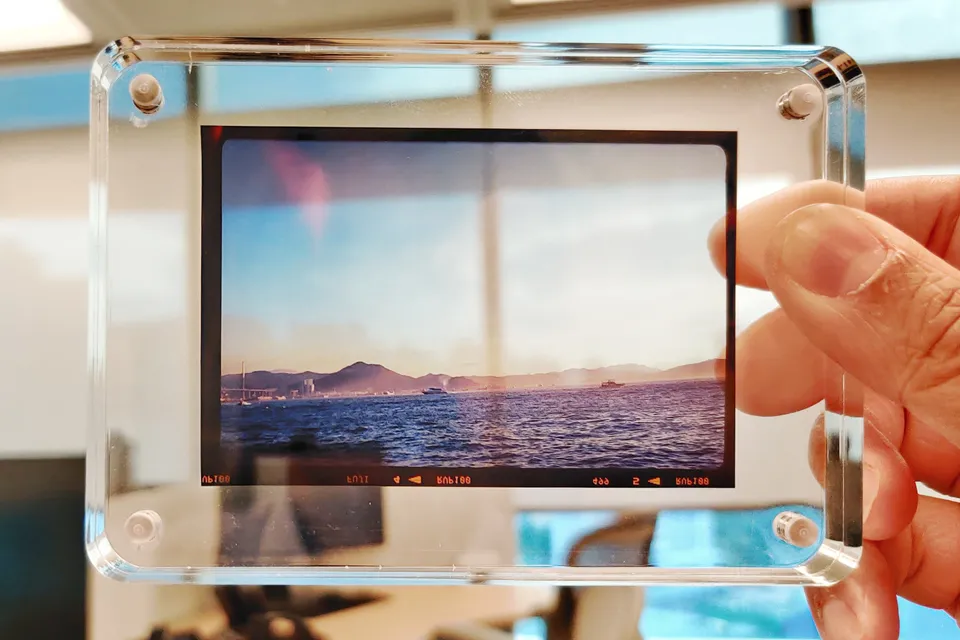
TODO: cyanotype print
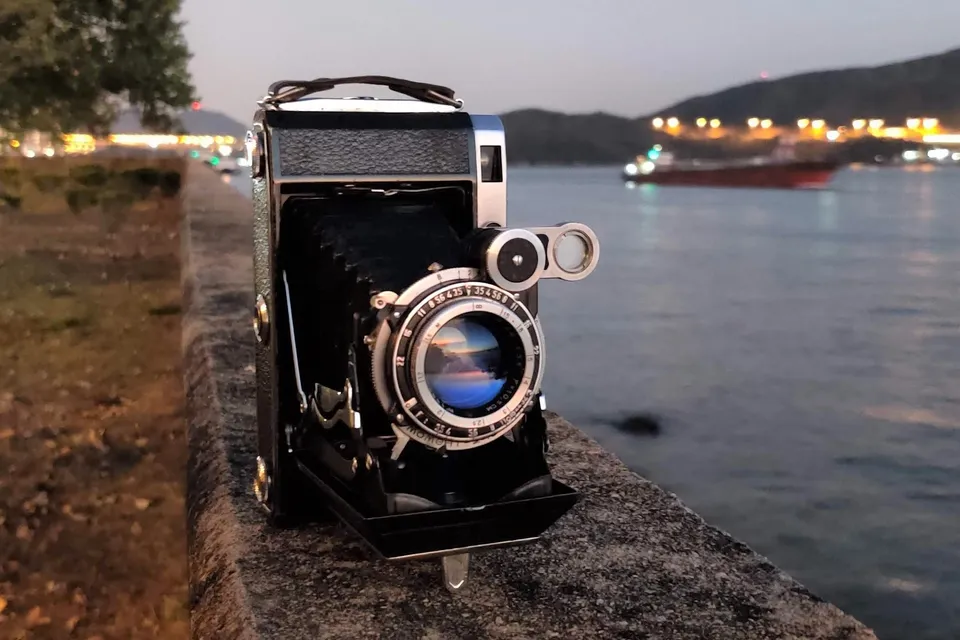
If I were to choose again, I would have opted for another Soviet medium format folder, the Iskra (but not Iskra II, I don't need the light meter). They come in similar price point and I bet Iskra is way easier to handle with an ordinary shutter release placement (right hand side!) and a faster top shutter speed at 1/500, together they will reduce camera shake when shot handheld.
I am however, not saying I don't like Moskva-5 at all, quite the opposite in fact—it enabled me to try out many things (slide film, 120 roll film, more bokeh, more careful handheld shooting, etc.) Thus, like mentioned at the beginning, I have formed a love-hate relationship with Moskva-5, and I can foresee myself keep using it until I am determined enough to go for more proper medium format cameras such as a Bronica, Mamiya or a Fuji GA645/GW690.
Information above is mostly taken from the book:
Princelle, J. L. (1995). The Authentic Guide to Russian and Soviet cameras: Made in Ussr: 200 Soviet cameras. Hove Foto Books.
